Julio Torres’ “Problemista” (2024) is a satirical surrealist film that showcases the cracked system of immigration and the human experience of being both an immigrant and an artist. Written, directed, and produced by Torres himself, the film features Tilda Swinton as Elizabeth, a New York-based art critic who embodies the pressures of a demanding boss and a relentless working culture. The film is driven by a profound motivation to show the myriad loopholes and complexities within the US immigration system, shedding light on the complicated maze with no clear exit unless one becomes a constant problem in someone else’s life.
In collaboration with A24, Julio in “Problemista” plays a young immigrant artist who, upon arriving in New York City, the promised land of opportunities, struggles to navigate a seamless path toward becoming a toy developer.
Watching “Problemista” has been an absolute delight, as it explores the determination of immigrants to overcome challenges, the crooked and frustrating experiences within the immigration system and capitalist firms, and the loss of empathy and humanity amidst the overshadowing presence of digital life. The film also focuses on the toxic relationship between work culture and management, illustrating how employees, despite having undergone similar experiences themselves, often perpetuate the same harmful patterns they once endured.
Both Torres and Swinton offer a fantastic viewing experience with their sharp-witted performances. Their characters’ banter provides nothing but joy and smiles for the audience. This has been one of the most enjoyable film experiences, and it certainly is one of the best films of the year so far.
In this article, I dive deep into the plot, explaining the many themes explored by Julio throughout the film. Additionally, I discuss the evolution of the characters and unravel the events leading to the conclusion. Please note that this article contains spoilers, so if you haven’t watched the film yet, please proceed with caution.
Problemista (2024) Plot Summary & Movie Synopsis:
With the voice of Isabella Rossellini as our narrator, we are introduced to our protagonist, Alejandro Martinez (played by Logan J Alarcon-Poucel), and his ‘artist’ mother, Dolores (played by Catalina Saavedra), who always encourages young ‘Ale’ to follow his imagination. She provides him with the belief and guidance necessary for achieving greatness, much like the support a young child requires. However, one thing always worries her: will Ale be safe in the real world?
How does Alejandro meet Elizabeth?
In the present day, we meet Alejandro (played by Julio Torres) as an adult, as he submits a video application for the Talent Incubator Program. His aspiration is to become a toy developer, aiming to craft toys that balance entertainment with realism. Alejandro has many great ideas and is a talented, eccentric young adult from El Salvador who has come to the promised land of great opportunities – America. He lives in a square-foot room in New York with his roommate, Spray (Spike Einbinder), who never goes out to have fun. He is sincerely focused on getting a job since his program application was declined.
Somehow, Alejandro manages to get a job as an archivist at FreezeCorp and is tasked with looking after cryogenically frozen artist Bobby Asencio (RZA). Back in the 90s, Bobby was diagnosed with cancer before he could showcase his paintings, which were basically drawings of eggs. This is when Alejandro meets Bobby’s very hellbent and razor-mouthed wife, Elizabeth (All hail Tilda Swinton!), who usually comes in to check upon her cryo-sleeping husband’s well-being.
Why does Elizabeth hire Alejandro?
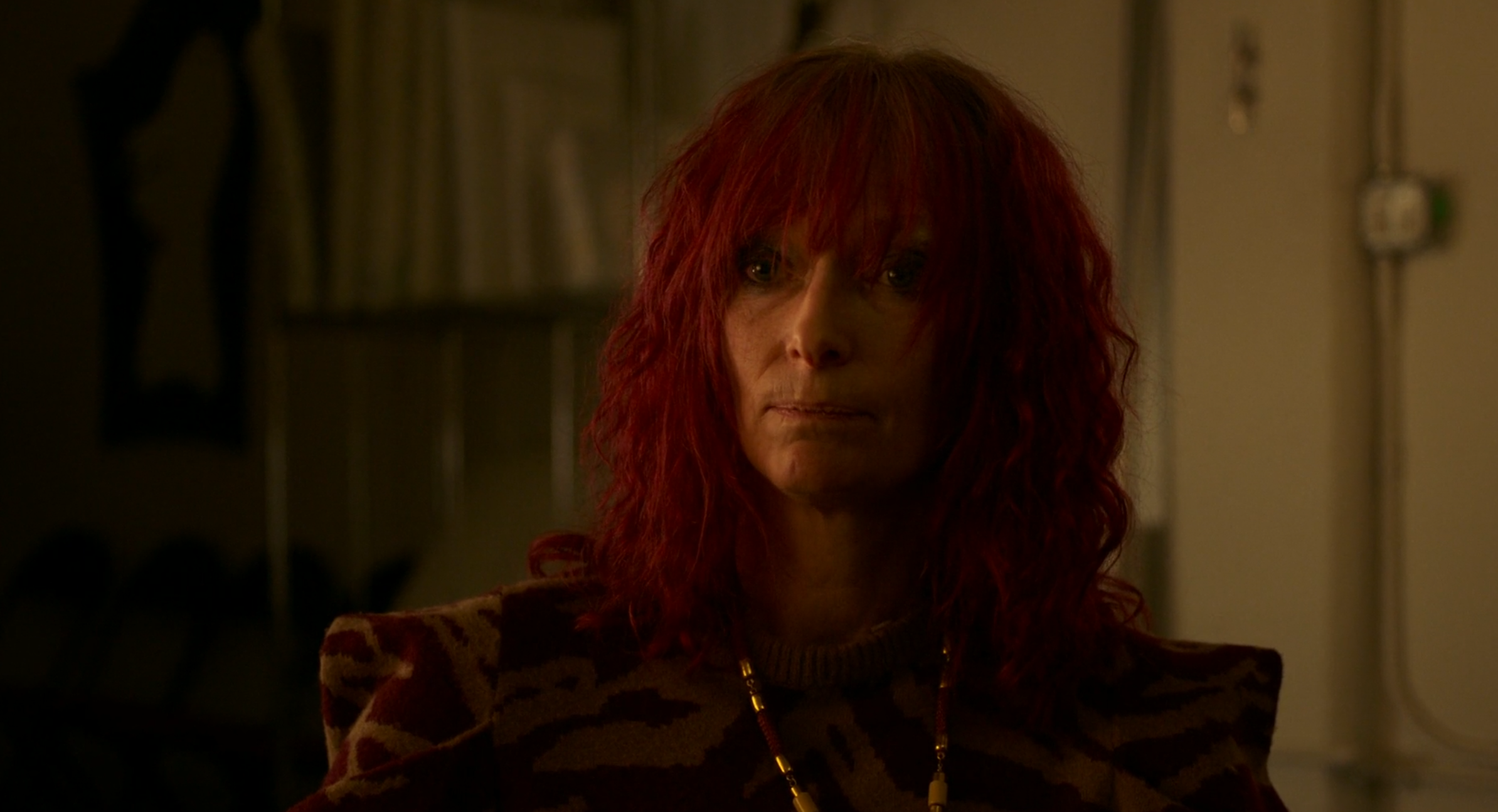
While curiously learning about Bobby’s work from the archives, Alejandro mistakenly unplugs a cable to Bobby’s pod. Unfortunately, a simple, non-hazardous mistake still gets him fired. However, upon a chance meeting with Elizabeth again, she decides to hire Alejandro as her assistant to put on an art show with Bobby’s 13 egg paintings. She promises to sponsor him if he helps her out. Alejandro goes to the immigration office and learns from his consultant, Mr. Khalil (Leith Nakli), that he cannot accept any remuneration until Elizabeth officially sponsors him. To make things turn his way, Alejandro has 30 days to get Elizabeth to sponsor him, or else he will be deported.
Before Alejandro could wrap his head around it, Elizabeth has already bestowed him with work, i.e., to organize Bobby’s entire work onto FileMaker Pro, an app that is just a difficult version of Google Sheets. Ale (short for Alejandro) tells Elizabeth that he knows how to use the app when, in reality, he doesn’t. While Ale is looking around at how his new boss practically functions, Elizabeth has already bombarded him with a lot of information about the great inconvenience she happens to suffer in her life.
What kind of woman is Elizabeth?
Elizabeth is the kind of woman who wants everything proper and in detail, and everything has to be done all at once. It seems like her previous assistant found it overstimulating to be in her company, let alone get done with any of her tasks. However, Elizabeth continues to complain to Ale about how he will help her organize the show, design it, and also do other errands.
While Ale is empathetic and responsive to Elizabeth, he also looks up for easy jobs on Craigslist. The wormhole of finding a job, getting his sponsorship, assisting Elizabeth, and barely surviving the country’s continuous fast-changing rules and policies doesn’t seem to get Ale anywhere. He stumbles upon a hawker’s job on Craigslist that requires him to bother people on the road just so her can sell them Salon vouchers.
Where is Bobby’s last painting, “Blue-Egg-on-Yellow-Satin”?
In the meantime, Elizabeth has also hired a second assistant, Bingham (James Scully), who is from money and trying to make his way into the art world. When Bingham witnesses one of Elizabeth’s crazy episodes, he calls her a monster in front of Ale, who completely disagrees with his opinion about her.
During the design session for how the artwork would come about at the showcase, Elizabeth learns that the final piece, Blue-Egg-on-Yellow-Satin, is not in her possession. She then remembers that it is actually with Bobby’s former student, Dalia Park (Greta Lee). This realization triggers Elizabeth since Bobby and Dalia had an affair before he decided to get frozen. To take revenge, Elizabeth wrote a poisonous review for one of Dalia’s art showcases, practically ruining her career.
Do Ale and Elizabeth find Blue-Egg-on-Yellow-Satin?
Ale and Elizabeth then visit Dalia at her apartment in order to retrieve Bobby’s final piece. To make things easier, Ale has written an apology letter (expressing regret and forgiveness for the infidelity) signed off as Elizabeth. After reading the letter, Dalia is moved to tears and allows them to take the painting.
During another visit to the Immigration office, Ale helps Khalil translate Spanish, and this is when Khalil offers him a paralegal job that could secure him a Visa. However, just then, he receives a call from Elizabeth, who points out that Ale has not paid attention to one of her task requirements, and he finds himself in the pool of more problems. It turns out that Elizabeth wants the paintings to be shipped to her overnight, leaving Ale with an overdraft balance of negative $400. While speaking to the bank’s customer care representative, he tries to plead with her to help him, considering none of the bank’s policies make sense. However, he gets no help.
How does Alejandro make extra money?
Back at his flat, during one of his roommate’s parties, he finds out that the cabbage-patch-kids toy idea that he mentioned in his Hasbro program application has already been implemented. As much as it makes him sad, Ale is desperate to make money, which leads him to take up a Craigslist job that he has been avoiding for a long time. The job entails being a cleaning boy for someone with a kink. In one of the most uncomfortable scenes in the film, Ale is forced to partake in kinky foreplay. It feels like he is being abused, but the film never clearly shows it that way.
The following day, Elizabeth calls Ale and belligerently starts to rile him up for never organizing Bobby’s work on FileMaker Pro. She tells him that Bingham will be helping with the rest of the work. But Ale finds a last-minute solo show spot for Bobby’s painting at an art gallery on Roosevelt Island. However, Elizabeth gets angrier since she was expecting high-end art galleries for the showcase.
Are Ale and Elizabeth able to do the showcase for Bobby’s paintings?
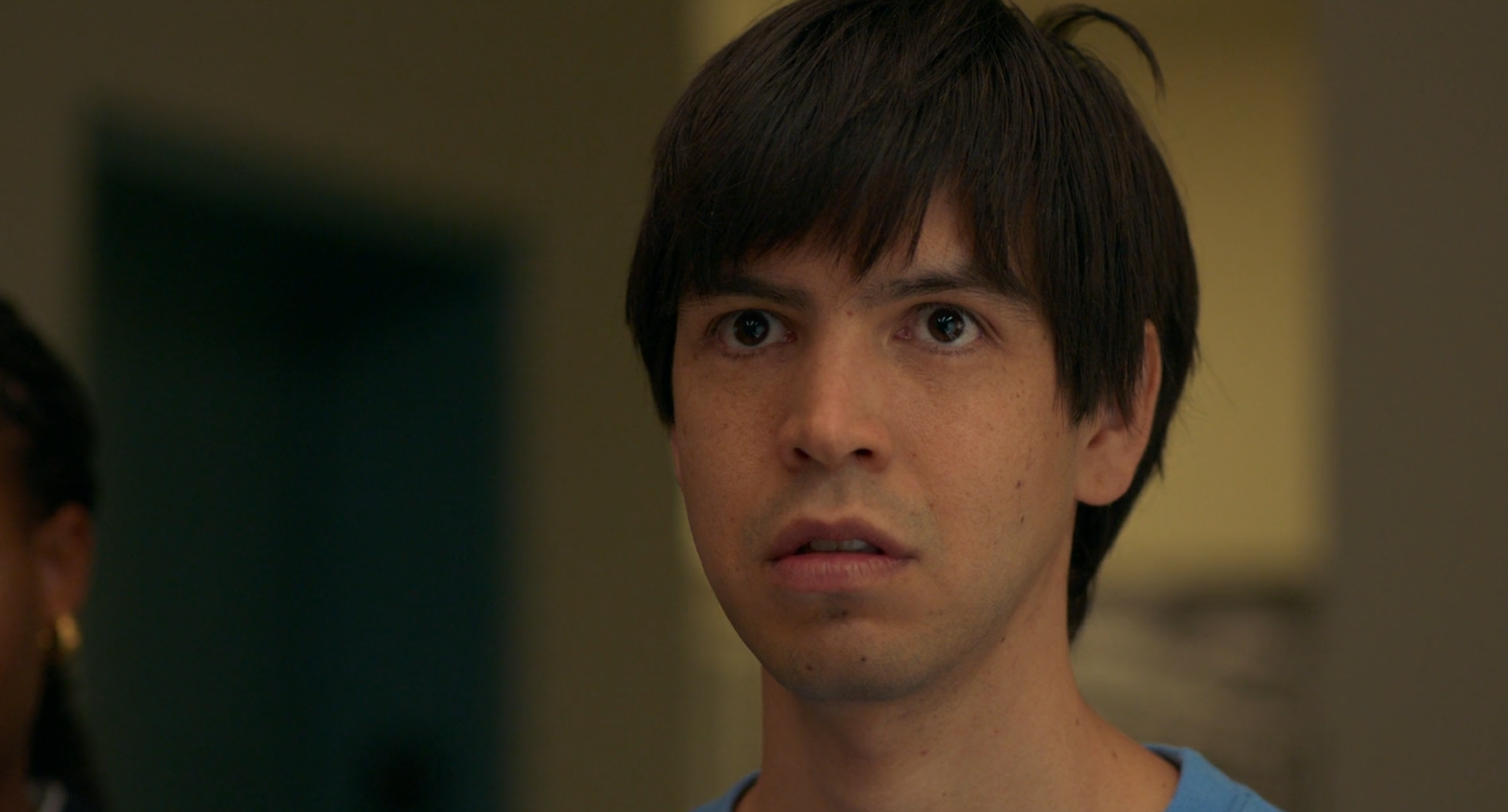
The back-and-forth disagreement between the two is interestingly shown as a warrior braving himself against a cold-blooded monster. At the end of the argument, Ale convinces Elizabeth to the show, and next, we see both of them taking the tramway to the art gallery with all the paintings. To Ale’s nightmare, Elizabeth mistakenly leaves Blue-Egg-on-Yellow-Satin back at the station, and only after her raging tantrum is the tramway turned back just for them to pick up an egg painting.
At the gallery, Elizabeth throws another tantrum after learning that the showcase wall is very small, barely fitting 12 paintings. Ale helps Elizabeth calmly deal with the matter, suggesting that the gallery cannot compromise Bobby’s show or else they would have to pay for all the paintings. Eventually, Bobby’s 13 paintings do get sold, and later Elizabeth and Ale spend some time where Elizabeth finally sheds down her monstrous appeal, worried if her husband would still like to be with her after waking up from his cryosleep.
Problemista (2024) Movie Ending Explained:
Does Alejandro finally get sponsored by Elizabeth?
Later that night, after telling his mother and finally securing a sponsor, Ale receives a long voice note. The note states that Elizabeth has decided to be cryogenically frozen to be with Bobby in the future. This, however, will not hamper Alejandro in any way, considering she has written a very good recommendation letter for future references along with contact details of the Hasbro employee with whom Alejandro must discuss plagiarising his toy idea.
Does Alejandro get the job at Hasbro?
Alejandro finally takes up Elizabeth’s advice, walking straight to Hasbro’s compound and directly approaching Brian Kissane (Miles G Jackson), an executive who authorized Ale’s idea to his superiors. This is the first time we find Ale speaking up confidently, confronting Brian that he will take things to a higher level if Brian doesn’t offer him a job at Hasbro. He also tells him to get the program application form on the website fixed ASAP to allow everyone from around the world to secure a position at the program.
Do Bobby and Elizabeth reunite in the future?
300 years later in the future, FreezeCorp has unfrozen all of its customers, and a grand ceremony has been organized to welcome these people. We see Elizabeth with her same-old cranky behavior about everything, and while she is with Bobby, it seems like he is not very thrilled to be spending his new life like this all over again.
Does Alejandro ever learn FileMaker Pro?
At the ceremony, while Elizabeth is grilling a bartender about her drinks, we see an older version of Alejandro (Carlos Navedo) instantly recognising Elizabeth and silently following her. Elizabeth also recognizes Alejandro, and while we would think of a tearful reunion for the two, the first thing Elizabeth utters is her disappointment about the database in FileMaker Pro.
Was Alejandro able to stay safe from the monsters in the world?
The ending of Problemista shows Alejandro calmly dealing with Elizabeth, asking her to shut up for once and affirming that he did, in fact, learn the app and fix everything thereafter. The last sequence shows a blue-dressed Alejandro asking his monster (as per his mother’s worrying visions at the beginning of the film) to come out of the cave.
Problemista (2024) Movie Character Arc & Themes Analysed:
Alejandro portrays an innocent and persevering immigrant character
Alejandro is a talented, hardworking, sincere, and bright young man with a clear vision of his life’s aspirations. He possesses a deep understanding of the importance of empathy and calmness, recognizing how these qualities can help him overcome life’s obstacles. Growing up with an artist for a mother, Alejandro has absorbed the essence of artistic perseverance, prioritizing the broader perspective over quick fixes.
In the face of adversity, where many would succumb to the lure of shortcuts and the harsh realities of survival, Alejandro remains steadfast in his commitment to make the most of every opportunity. Despite Elizabeth’s incessant chatter and the challenges she brings, Alejandro stands by her, understanding that she is the golden ticket to America’s bureaucratic maze where he can hopefully secure his place in the country.
Elizabeth challenges conventions with courage and conviction
Tilda Swinton, known for her transformative roles, embodies Elizabeth, a gritty New York-based art critic who has a no-nonsense attitude. Her character transcends the stereotypical “Karen,” instead embodying a woman who challenges conventions with fierce intellect and unwavering vision. Elizabeth demands excellence without compromise, yet her expectations are not born of entitlement but of a deep understanding of the art world’s inner workings.
As a collective portrayal of horrible bosses and their often uncompromising work cultures, Elizabeth symbolizes the draining demands of corporate life. However, beneath her seemingly harsh exterior lies a seasoned individual who has undergone the complexities of both art and corporate realms. She imparts her wisdom to Alejandro, acknowledging the need for resilience in achieving one’s goals, especially in a world where success often hinges on assertiveness and strategic inconvenience.
In one poignant moment, she enlightens Alejandro about the necessity of becoming an unavoidable force in someone’s life to ensure one’s objectives are met—a lesson in leveraging influence and navigating bureaucratic mazes. Through her guidance, Alejandro not only learns the intricacies of his craft but also gains the confidence required to thrive in a competitive landscape.
American Immigration Experience
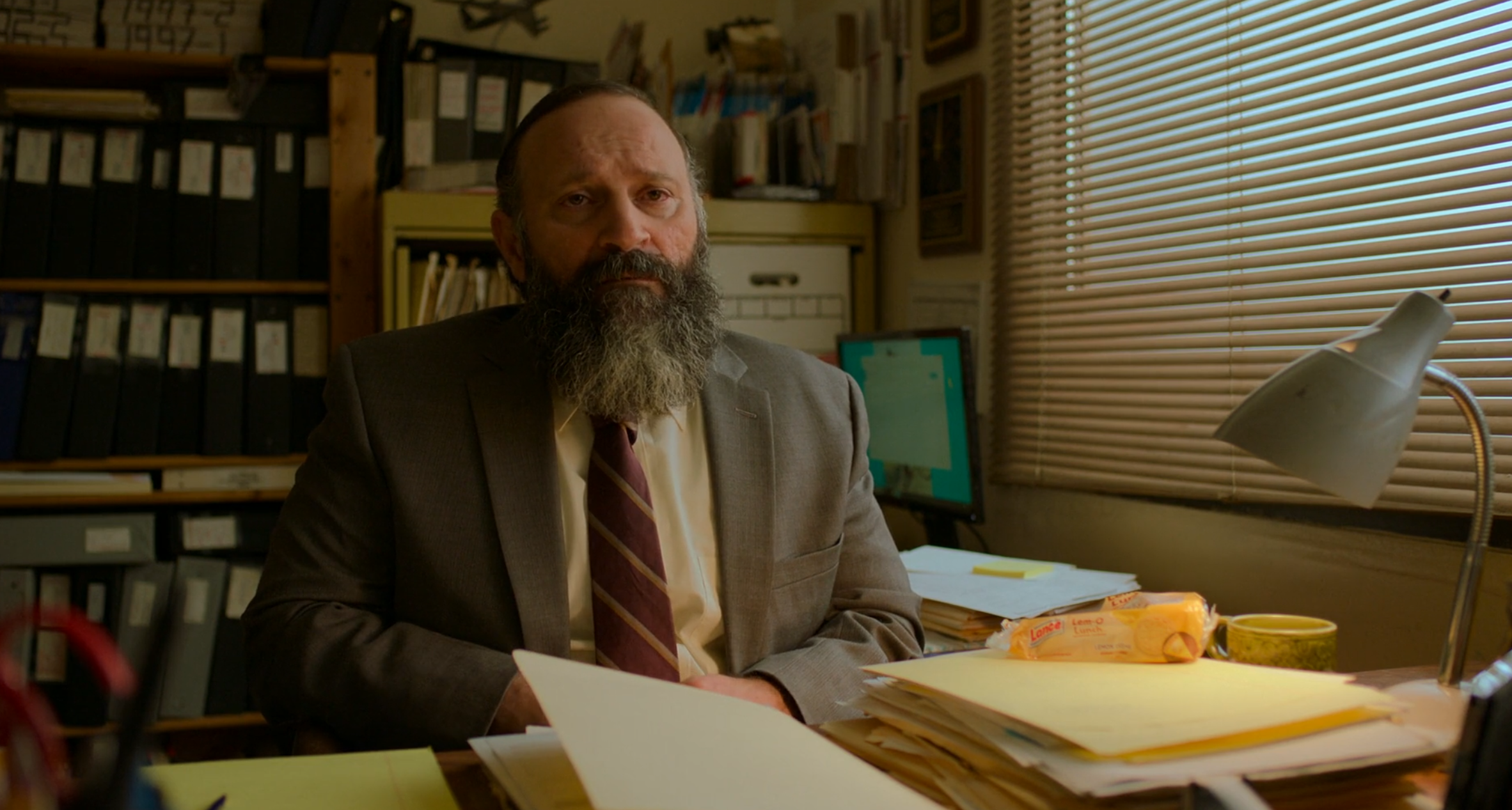
Julio Torres uses his surrealist imagination to vividly show and critique the maze-like nature of the US immigration system, which often adds more challenges faced by individuals seeking entry. Instead of providing meaningful assistance, the system overpowers applicants with a horde of rules and regulations, transforming the American immigration experience into a daunting obstacle course for those crossing the border.
Using the metaphor of an hourglass, Torres illustrates the fleeting window of time applicants have to gather required documents, highlighting the urgency and pressure inherent in the process. He also captures the abrupt nature of visa rejections with the imagery of unsuccessful applicants seemingly vanishing on the spot, underscoring the swift nature of immigration proceedings.
The resilience of Problemista’s protagonist in working through these challenges, Torres emphasizes the systemic flaws and bureaucratic inefficiencies that hinder a seamless immigration process. The protagonist’s determination to overcome these blocks serves as an important commentary on the system’s failure to provide support, leaving individuals to engage with arbitrary and sometimes nonsensical requirements on a daily basis.
Inequity, White Privilege, and Art Politics
Coming from a Latin background himself, Julio keenly understands the injustices faced by individuals of color in one of the country’s wealthiest places—New York City. The common crisis of inequality and white privilege penetrates the system, where hardworking people are shoved down under the burden of toiling around the clock just to survive another day, all while facing constant rejection from opportunities.
The manifestation of white privilege is evident when Bingham secures a job through Elizabeth’s nepotism solely because she is acquainted with his father. It’s apparent that Bingham, coming from wealth, doesn’t truly need the job as much as Alejandro does. Alejandro, on the other hand, is diligent, fully grateful, and understanding of the potential this opportunity holds in working through the obstacles he faces as both an immigrant and an artist. The injustice of constantly being under threat of losing his job to someone who merely excels at flattering Elizabeth is infuriating, yet sadly not uncommon in the corporate landscape.
Problemista also sheds light on the world of art and its politics, exploring how individuals benefit by exploiting artists and deceiving them with false promises. Elizabeth hires Alejandro under the guise of sponsorship yet offers no compensation—a classic case of an unpaid internship, as immigration rules prohibit individuals from gaining any financial benefit unless they are sponsored. Similarly, the art industry (or any industry for that matter), thrives on commodifying hard work and creativity yet fails to provide any security or assurance to its practitioners.
Facade of Assurance of Corporate Intelligence
Torres’s imagination knows no limits, especially while depicting the American Dream as a maze of traps at every turn. From falling victim to the clutches of giant capitalist firms promising a utopian future while intruding into individuals’ private lives to being ambushed in the mysterious maze of Craigslist, where desperate souls seek quick financial aid with limited options.
Problemista’s peek moment arrives when Alejandro confronts a Bank of America customer service representative over a fee. Despite Alejandro’s expectation of empathy and understanding, he realizes he’s tangled in the very system he hopes will show compassion. Any deviation from protocol could jeopardize the representative’s job, underscoring the extensive struggle within the system. The representative’s initial empathy fades as she declares to stand firmly with Bank of America, revealing a structure designed not for resolution but for perpetuating inconvenience and exploitation.





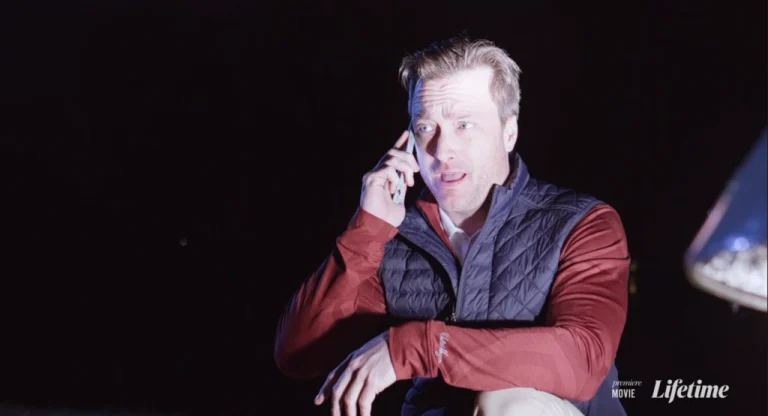

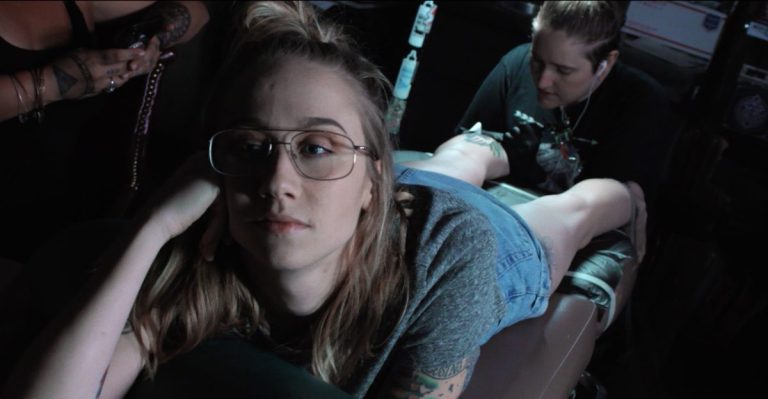
![Take Back the Night [2022] Review: An effective #Metoo thriller with an infuriating monster](https://79468c92.delivery.rocketcdn.me/wp-content/uploads/2022/03/Take-Back-the-Night-1-768x405.jpg)